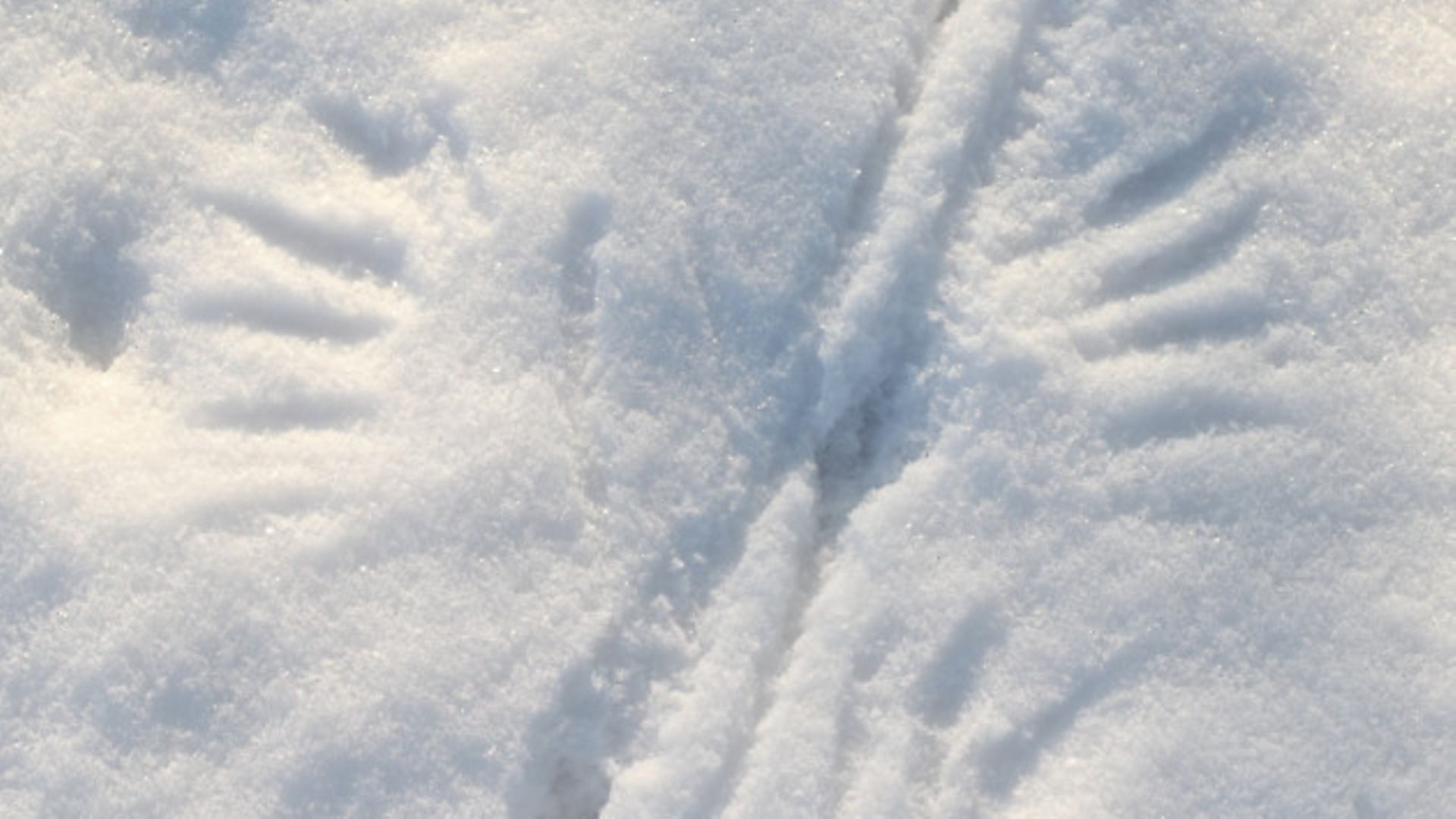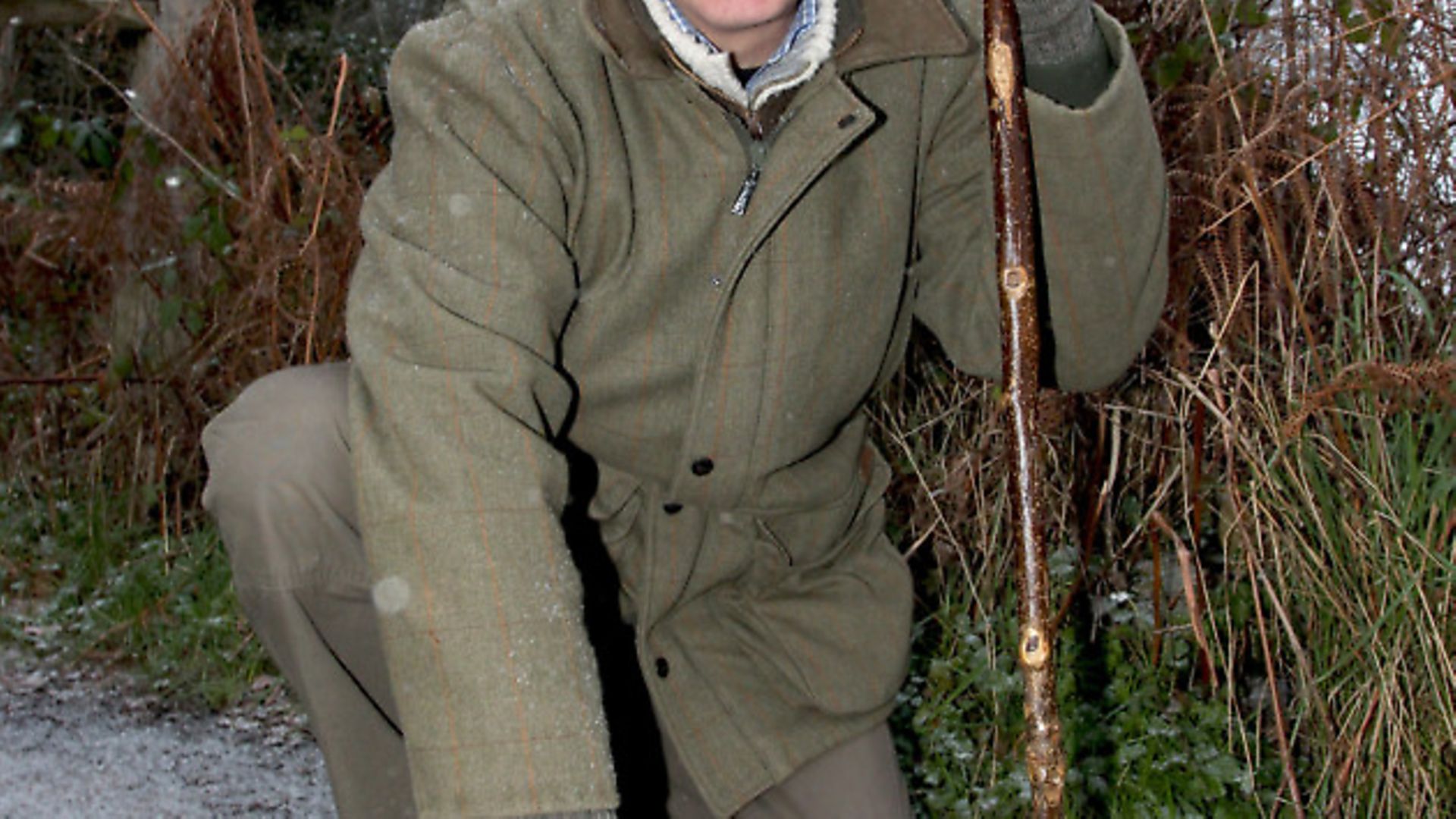Tracking is an art, says James Marchington. Here he explains what to look out for when out and about
 credit: Archant
credit: Archant
As shooters we are used to looking for signs that animals have passed by. We’ll stop in a gateway and look down at the marks in the wet mud, spotting the obvious ones like a welly boot, a labrador or a horse. With a bit of practice we can all identify a dozen or more different footprints, and even start to tell apart the trickier ones such as the fox and dog, or sheep and deer.
 credit: Archant
credit: Archant
An experienced tracker will want to know so much more – when was the animal here, what was it doing, where was it going and why, was it young or old, male or female, even how it was feeling. Plus he will want to be able to follow the animal and find it. That means taking tracking to a whole new level.
One of the first things to look for is the age of the print. There are no hard and fast rules, but basically you are looking for clues that tell you how much time has passed since the print was made. Depending on the soil, the original fresh print might have been very clean and crisp with sharply defined edges. As time goes by the edges will break down leaving it looking less and less crisp until, eventually, it becomes nothing more than a slight depression in the ground, indistinguishable from the soil around it.
The speed at which that happens depends on several different factors, including the type of soil, how dry or damp it is and what the weather has been like since. At one extreme, you may have a lovely sharp print in stiff clay, in a shaded spot with no direct sun, wind, rain or disturbance from other animal traffic. It might still look fresh days later. At the other end of the scale, a footprint on dry sand might be ill-defined to start with, and after a short rainstorm it could be invisible.
So ageing a print is as much art as science. You need to estimate what the print would have looked like when it was made and how fast it will have deteriorated since, given the weather and other factors that have acted on it in the meantime. Practice helps. Try making some prints of your own and coming back every few hours to see how things have changed. Look particularly at the edges, where the pads or hoof have cut into the soil surface. These will gradually erode from a sharp right-angle into a curve. The ridges between the toes will also wear down with time and debris will start to collect in the print.
When you’re looking at tracks, it always helps to get the light in the right direction. It’s the opposite of taking a photograph – normally you’ll want the sun behind you, lighting up your subject clearly. With a track, you need to get the sun on the far side of your subject, and ideally it will be low sun, such as you get in the early morning or late evening. This will ensure that every tiny bump and depression casts a shadow, so you can more easily see any subtle details.
Perhaps like me you took plaster-casts of different footprints as part of a school project. If so you’ll have looked for the neatest, most perfect examples to take a cast of. Those may be the best for identifying the animal responsible, and making a good cast, but often it’s the scrappy, scuffed prints that tell us most about the animal and what it was doing.
Suppose I took you to a patch of mud and asked you to make a footprint. You would stand alongside, carefully put your foot down and raise it again vertically. It would leave a nice print, but it would not look the same as if you had walked through the patch, because there was no forward motion.
Picture your foot going down on the ground as you walk. Your body is moving forward and your leg swings ahead to place the foot down. The heel makes contact first, then your weight rolls across the arch and onto the ball of your foot as your body moves over it. As the other foot touches down, you push off with your toes and swing the leg forward again – if you didn’t you’d fall over.
Now imagine the effect all that movement has on the soil under your foot. As your weight rolls forward the soil is compressed under the sole of your boot, first at the heel, then the arch, then the toe. Now all your weight is on the toe and you push off, adding extra downward pressure but also a rearwards thrust to push you forward.
That toe thrust causes a scab of soil to break off under the front edge of your boot, tilting it down at the front and up at the back. It won’t show up in gloopy mud or clay, except as a slightly raised ridge in the print behind the toe area. But in the right sort of soil you’ll see a disc of soil that’s been lifted at its rear edge. The faster you’re walking, the more this soil is displaced, and a runner will actually throw loose soil back into the main part of the print.
Finally, as your leg swings forward it knocks the front edge of your footprint and throws some soil forwards. Again this effect is greater the faster you are moving. You can see all this most clearly in snow or damp sand.
It’s worth making the effort to experiment when you’re next in the right place, as this will give you a clearer idea of what you’re looking for. Then it will be easier to spot in more difficult ground, and you’ll be better equipped to see the same effects in animal tracks.
While you’re practising on the beach, try turning sharply as if you’d just seen something threatening ahead and needed to dive into the undergrowth. You’ll find that the force of the turn pushes up a ridge on the outside edge of your outside foot – the left if you’re turning right, and vice versa. The force may be enough to cause cracks in the soil parallel to your foot. Again this effect is easier seen in the sand, but when you know what to look for you stand a better chance of spotting where a roe deer has turned sharply on a forest track.
So you see, there’s a lot more to a footprint than just telling what made it – and we haven’t even started on the length of stride, the straddle and size of the prints themselves and all the other details that help you build up a complete picture. It’s a whole sport in itself, and you don’t even need a gun with you! n